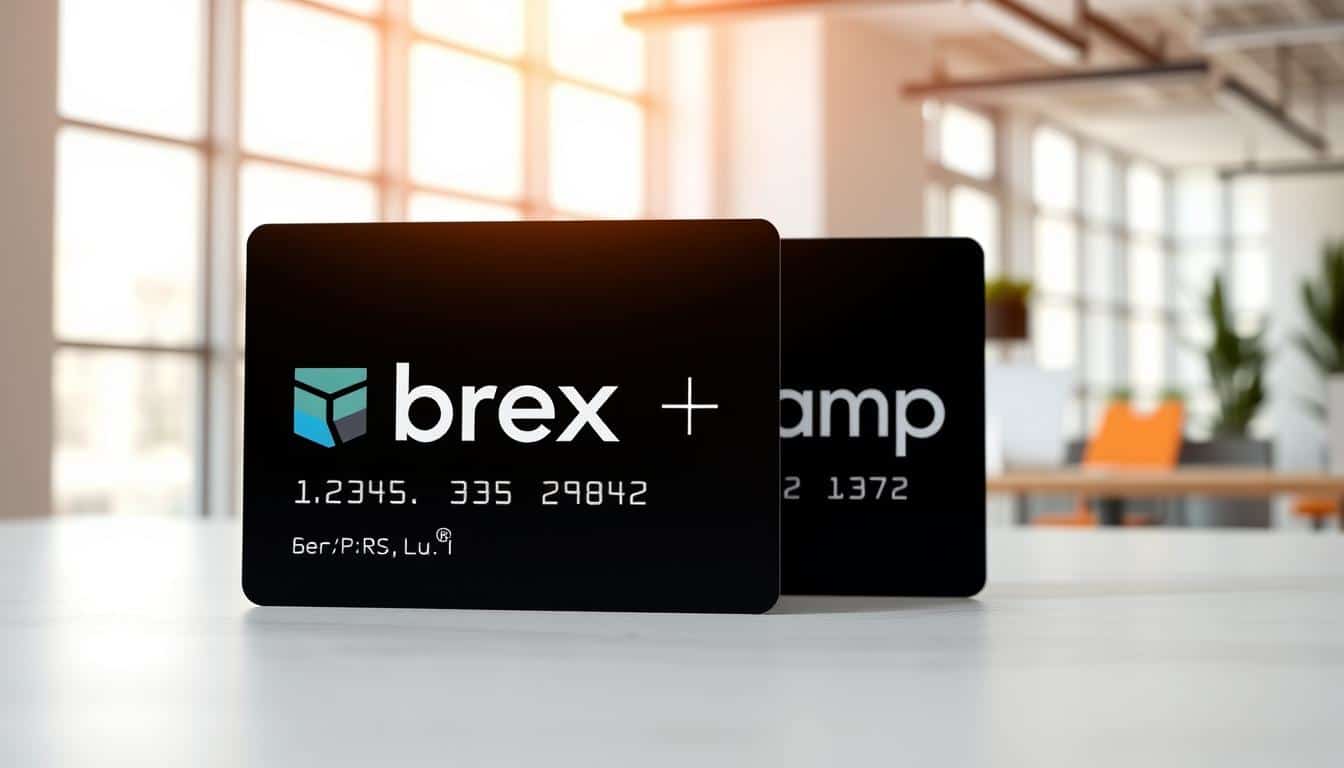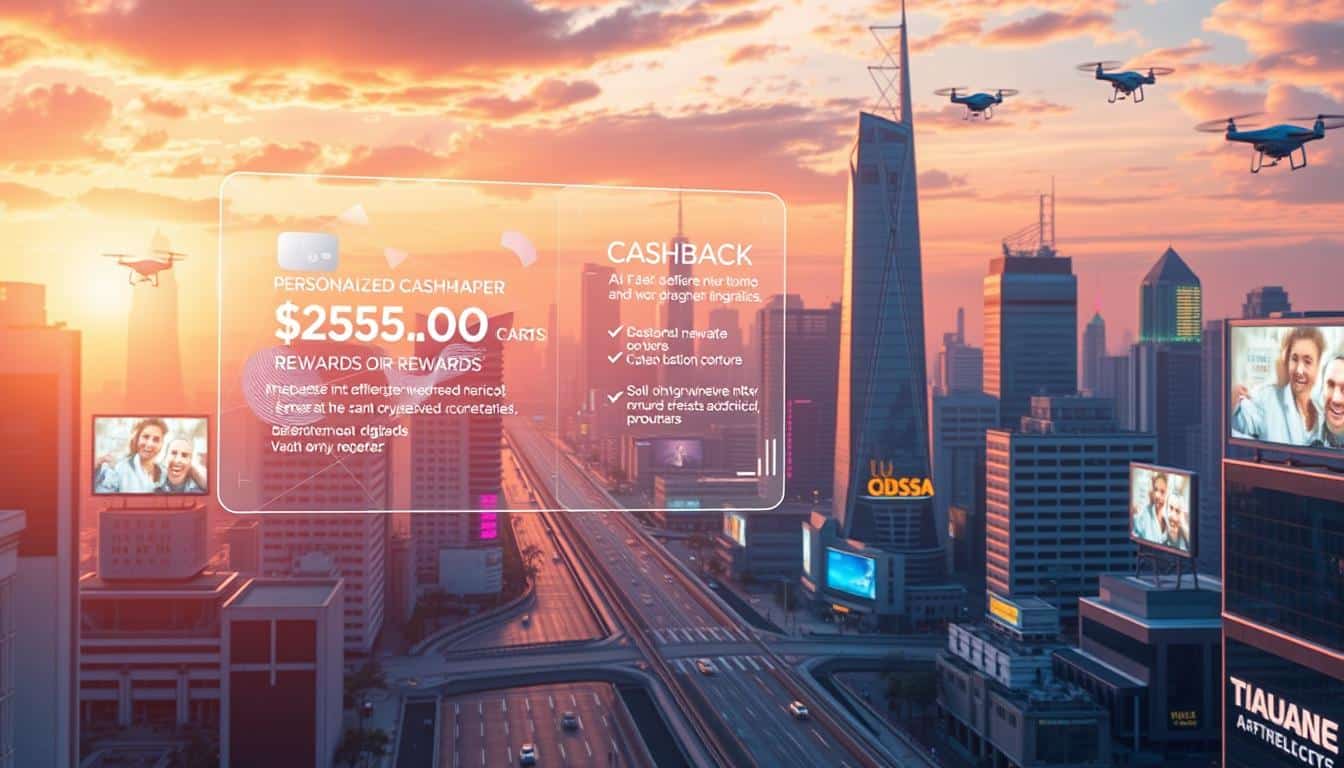The current inflation rate is key in shaping the US economic landscape. It’s vital for both consumers and businesses because it affects how much things cost and economic stability. This article gives a deep look into inflation, using the latest stats and trends.
We examine what causes today’s inflation rate and its effects. We also consider what inflation might look like in 2025. This analysis uses reliable sources to give a full view of this important economic factor.
Anúncios

TD Cash Back Visa Infinite* Card
What is Inflation and Its Significance?
Inflation is when the cost of goods and services goes up over time. This decrease in buying power makes it harder to buy everyday items. It’s key to grasp what inflation means. It’s usually shown as a percentage showing how fast prices are rising. This impacts not just people, but the whole economy too.
Definition of Inflation
Inflation is a situation where prices generally increase. It happens for many reasons like changes in supply and demand, higher production costs, and policies on money. As prices increase, money’s value goes down. This means over time, people can buy less with their money.
Impacts on Purchasing Power
To understand inflation’s impact, consider its effect on purchasing power. With inflation, your money doesn’t go as far, creating financial stress. Basics like food, shelter, and medical care get more expensive, lowering quality of life. Thus, keeping an eye on inflation is vital for budgeting.

Current Inflation Rate Overview
In the US, inflation is always changing. The newest data shows trends we’re seeing now. By June 2025, inflation hit 2.7%, up from 2.4% the month before. This info, from the Bureau of Labor Statistics, shows how changing prices affect people.
Latest Statistics from Bureau of Labor Statistics
The Consumer Price Index (CPI) is key for tracking inflation. There was a 0.3% rise recently. This was mainly because of higher costs for shelter, energy, and food. These changes show different inflation impacts across markets.
Understanding Headline vs. Core Inflation
It’s crucial to know the difference between headline and core inflation. Headline inflation counts all CPI items. But core inflation leaves out the unpredictable ones, like food and energy. As of June 2025, core inflation was at 2.9%. This gives a clearer view of inflation without the ups and downs.
Factors Driving the Current Inflation Rate
Rising prices in the economy come from many inflation factors. Significant supply chain disruptions are a key factor. They impact the availability of goods and materials. It’s important to look into how consumer demand affects inflation and its types in the market.
Supply Chain Issues
Supply chain disruptions have brought big challenges for those making and selling products. Shipping delays and higher transportation costs lead to product shortages. These problems not only stop production but also make prices go up. Businesses raise their prices to deal with higher costs. This has made inflation worse in many areas.
Consumer Demand and Economic Stimulus
Economic stimulus actions during the pandemic have raised consumer demand. Once restrictions were lifted, people started spending what they saved during lockdowns. This spike in spending is called demand-pull inflation. It happens when demand grows faster than supply, causing prices to rise. The scramble for limited goods further pushes inflation up.
Cost-Push vs. Demand-Pull Inflation
It’s important to know the difference between cost-push and demand-pull inflation. Cost-push inflation happens when it costs more to make things. This can be because of higher wages or more expensive materials. On the other hand, demand-pull inflation is when there’s more demand for goods than there is supply. This makes prices go up. Both types are affecting the economy now, making it hard for people and businesses.
Historical Context of Inflation in the US
Looking back at the US, we see inflation has changed a lot since the 1980s. A deep dive into historical inflation trends sheds light on forces shaping our economy today. From 1989 to 2019, the inflation rate was mostly steady at about 2.5%. This was a more stable time compared to the past. But, the inflation peaks during these years remind us the US economy can still face ups and downs.
Trends from 1980s to Present
The 1980s saw some of the highest inflation ever in the US. In 1981, it even went over 10%. This caused big moves from those in charge of the economy. Since that time, inflation has been kinder, with just a few jumps due to different economic moments. These trends show how the economy can bounce back from inflation over the years.
Notable Inflation Peaks in History
In all the stories of inflation history US, June 1920 stands out with inflation at a shocking 23.7%. This reminds us how the economy can go through big changes. It’s important to know about these big moments in inflation to understand today’s economic patterns.
How is the Inflation Rate Measured?
Understanding inflation is key to knowing the economy’s health. We use the Consumer Price Index (CPI) for this job. The CPI shows us how prices for different things we buy change over time, affecting how much we can buy.
The Consumer Price Index (CPI)
The U.S. Bureau of Labor Statistics calculates the CPI. It shows the price change of goods and services for consumers. This data is essential for understanding how buying patterns and costs change, impacting the economy. The CPI helps us see how spending habits influence the nation’s inflation rate.
Basket of Goods and Weighted Systems
The CPI uses a weighted basket of goods to measure inflation accurately. This method focuses on important spending areas like housing and transportation. By giving different weights to these areas, the CPI offers a true view of how inflation affects people differently. Changes in what people buy lead to updates in this basket, making the CPI a trusted inflation gauge.
Understanding the Components of the CPI
The Consumer Price Index (CPI) is key for understanding inflation. It covers different components that show how much consumers spend. By looking at these parts, we learn how prices change in various areas.
Categories of Goods and Services
The CPI includes many items that people buy often. Important categories are:
- Food and beverages
- Housing
- Apparel
- Medical care
- Recreation
- Transportation
- Education and communication
- Other goods and services
Each category is crucial for figuring out the total inflation rate. They offer a complete picture of how people spend their money.
Volatile Items: Food and Energy Exclusions
Food and energy are not included in some inflation measures. Their prices can change a lot quickly. Leaving them out helps us see the real trend in inflation. This lets analysts focus on the steadier parts of the CPI.
Inflation Rate Implications for Consumers
As inflation keeps going up, it’s key for consumers to grasp its implications. The effect of inflation on the cost of living directly shapes our daily financial choices. Prices often change unevenly across different areas, affecting how we budget and spend.
Effects on Cost of Living
Inflation means the cost of basic goods and services goes up. Key areas hit include:
- Food: Items like eggs and dairy have gone up in price noticeably.
- Healthcare: You might pay more out-of-pocket because of inflation.
- Transportation: Higher fuel prices mean it costs more to get around.
This makes the overall cost of living go up. It’s crucial to keep an eye on your finances.
What to Watch for in Price Changes
Watching price changes closely helps consumers deal with inflation. Not all products see prices go up at the same rate. Some may even get cheaper. Knowing about price trends helps in making smart buy choices.
- Look for weekly sales at the grocery to save money.
- Keep track of prices for things you use a lot, like transport and healthcare.
- Shop around before making big purchases to get the most for your money.
Doing these things lets consumers lessen the bad effects of inflation. It helps them keep up with changing prices.
How Inflation Affects Businesses
Inflation changes how businesses operate. It makes raw materials and labor more expensive. These changes can reduce profits and force firms to look at their prices again. Knowing how inflation affects business is key to overcoming these obstacles.
Raw Material and Labor Costs
Inflation causes the cost of raw materials to rise. This affects manufacturers and retailers by increasing their production costs. Add to that, labor costs go up as employees want higher wages to afford their living costs. Businesses then have to change how they operate to handle these costs.
Investment Strategies in Inflationary Times
When inflation rises, companies need to think differently about investments to stay competitive. They might invest in areas like real estate or stocks that do well during inflation. This way, businesses can still make money and take advantage of new opportunities.
Strategies to Protect Against Inflation
In an economy where inflation can lower what your money buys, it’s key to have strategies to fight this. Investors should look into different ways to keep their money’s value over time. A good strategy involves spreading out investments, putting money in real assets, and using Treasury Inflation-Protected Securities to defend against price increases.
Diversifying Your Investment Portfolio
Spreading your investments is critical to lessen inflation risks. By investing in various assets—like stocks, bonds, and commodities—you can lower the risk of big losses in any one area. This approach usually leads to steadier returns, helping your money keep its value when prices go up.
Investing in Real Assets
Investing in real assets is a smart move against inflation because of their lasting value. Things like real estate and gold often go up in value when inflation hits. They not only keep their value but might also earn you money, fighting the downsides of inflation. Adding real assets to your mix can make your investments stronger and more balanced against inflation.
Importance of Treasury Inflation-Protected Securities
Treasury Inflation-Protected Securities (TIPS) are special bonds made to guard against inflation. These bonds adjust with the Consumer Price Index (CPI), so both the amount you invested and the interest you earn grow with inflation. TIPS are a safe way to keep your buying power while being a solid, low-risk investment choice.
Economic Policy and Inflation Management
The Federal Reserve is key in keeping the economy stable, focusing on controlling inflation. It uses various tools, mostly by changing interest rates, to influence inflation. These changes can have a big impact, touching everything from how much people spend to business investments.
The Role of the Federal Reserve
The Federal Reserve works to keep inflation in check. It adjusts interest rates to react to inflation, aiming for economic growth. Its goal is to keep prices stable and everyone employed, avoiding the chaos high inflation can cause.
Interest Rates and Inflation Control Measures
Controlling interest rates is how the Fed manages inflation. Raising rates makes loans costlier, slowing down spending and investment. Lowering rates, on the other hand, boosts the economy. The Fed’s rate adjustments are based on careful reviews of the economy and inflation, aiming to keep inflation acceptable and help the economy grow.
Conclusion
Knowing the current inflation rate is key for everyone — from shoppers and businesses to government leaders. Inflation is more than just numbers. It affects how much things cost, how far our money goes, and the stability of our economy. By looking into what causes inflation, like supply chain issues or people buying more stuff, we can see how these things work together in the economy.
Keeping up with inflation trends is super important. It helps everyone make smart choices, adjust their budgets, and avoid risks. This wrap-up on inflation shows why it’s crucial to understand it from all angles. This goes for its effects on our daily lives too.
Putting awareness about inflation at the forefront can set us up for success. Knowing how inflation changes things can help with better money management and staying flexible in a shifting economy. By increasing this understanding, we can support ourselves and others around us as inflation continues to evolve.
FAQ
What is the current inflation rate in the U.S.?
What factors are contributing to the rise in inflation?
How is inflation measured in the U.S.?
What is the difference between headline and core inflation?
How does rising inflation affect consumers?
What strategies can consumers adopt to adjust to inflation?
How does inflation impact businesses?
What investment strategies are recommended during inflationary periods?
What role does the Federal Reserve play in managing inflation?
What have been notable historical inflation peaks in the U.S.?
Conteúdo criado com auxílio de Inteligência Artificial



